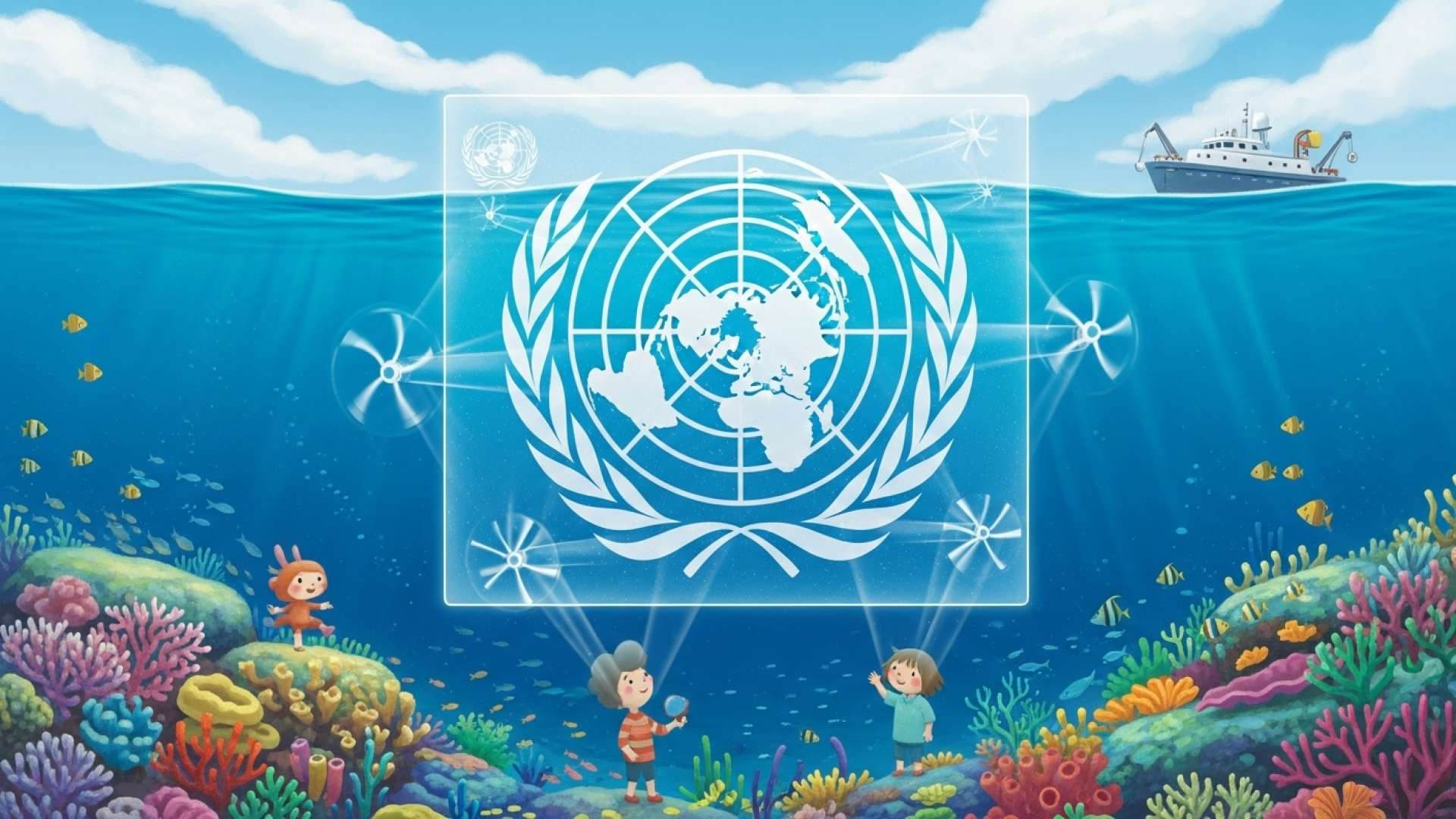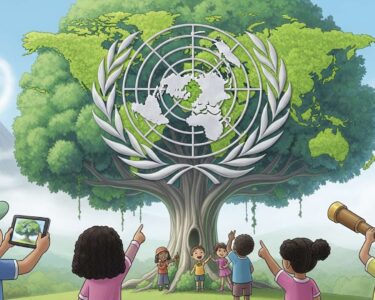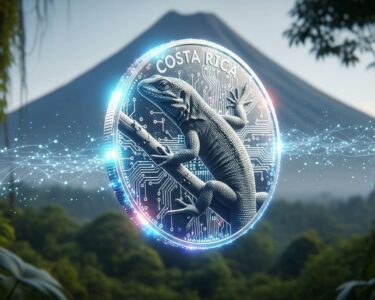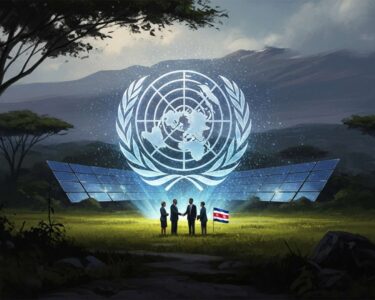San José, Costa Rica — The United Nations’ High Seas Treaty, a landmark agreement designed to protect vast stretches of international waters, will officially enter into force in January 2026. This milestone was reached on Friday after Morocco and Sierra Leone became the 60th and 61st nations to ratify the treaty, triggering the countdown to its implementation.
The treaty marks a crucial step towards safeguarding biodiversity and promoting sustainable use of marine resources in areas beyond national jurisdiction. These waters, comprising approximately 60% of the world’s oceans, have long faced threats from overfishing, pollution, and the impacts of climate change. The treaty establishes a legal framework for international cooperation and conservation efforts in these vital areas.
To understand the implications of the new High Seas Treaty, TicosLand.com spoke with Lic. Larry Hans Arroyo Vargas, an expert in international maritime law from Bufete de Costa Rica.
The High Seas Treaty represents a landmark achievement in international law, finally establishing a framework for the conservation and sustainable use of marine biodiversity in areas beyond national jurisdiction. This agreement is crucial for addressing threats like pollution, overfishing, and climate change impacts on our oceans, paving the way for the creation of marine protected areas in these vital international waters.
Lic. Larry Hans Arroyo Vargas, Attorney at Law, Bufete de Costa Rica
Lic. Arroyo Vargas eloquently highlights the monumental significance of the High Seas Treaty for the future of our oceans. Its potential to create a more sustainable and resilient marine environment, particularly through the establishment of protected areas, offers a beacon of hope in the face of growing environmental challenges. We thank Lic. Larry Hans Arroyo Vargas for offering his valuable legal expertise on this critical international agreement.
UN Secretary-General Antonio Guterres celebrated the achievement, emphasizing the treaty’s significance in preserving marine biodiversity.
The agreement, which covers more than two-thirds of the ocean, establishes binding rules for conserving and sustainably using marine biodiversity.
Antonio Guterres, Secretary-General of the United Nations
The treaty’s entry into force, 120 days after reaching the ratification threshold, sets the stage for a new era of ocean governance. While the treaty itself lays the groundwork, the practical implementation of its provisions will require ongoing international collaboration and dedicated resources. The establishment of marine protected areas within international waters, a key component of the treaty, is expected to be a gradual process.
Lisa Speer, who oversees the International Oceans Program at the Natural Resources Defense Council, offered a realistic timeline for the creation of protected areas. She anticipates that the first such areas will not be designated until late 2028 or 2029, highlighting the complexities of international negotiations and scientific assessments necessary for effective conservation planning.
The High Seas Treaty represents a significant victory for ocean conservation efforts, offering hope for the future health and sustainability of our planet’s marine ecosystems. The treaty’s implementation will undoubtedly face challenges, but its entry into force marks a critical turning point in the global commitment to protecting our shared oceanic heritage.
The treaty provides a framework for establishing marine protected areas (MPAs) in international waters. These MPAs will play a crucial role in safeguarding biodiversity hotspots and vulnerable marine ecosystems from the growing pressures of human activities. The treaty also addresses the equitable sharing of marine genetic resources, ensuring that the benefits derived from these resources are distributed fairly among nations.
The successful ratification of the High Seas Treaty demonstrates the power of international cooperation in addressing global environmental challenges. As the world grapples with the interconnected crises of climate change and biodiversity loss, the treaty serves as a beacon of hope, reminding us of the potential for collective action to protect the planet’s precious natural resources.
For further information, visit the nearest office of the United Nations
About United Nations:
The United Nations is an intergovernmental organization aiming to maintain international peace and security, develop friendly relations among nations, achieve international cooperation, and be a centre for harmonizing the actions of nations.
For further information, visit the nearest office of the Natural Resources Defense Council
About Natural Resources Defense Council:
The Natural Resources Defense Council (NRDC) is an international nonprofit environmental organization with more than 3 million members and online activists. Since 1970, our lawyers, scientists, and other environmental specialists have worked to protect the world’s natural resources, public health, and the environment.
For further information, visit bufetedecostarica.com
About Bufete de Costa Rica:
Bufete de Costa Rica is a leading legal institution distinguished by its deep-rooted commitment to ethical practice and exceptional service. The firm’s innovative approach to legal solutions, combined with a genuine dedication to empowering communities through accessible legal education, sets it apart. By championing transparency and knowledge-sharing, Bufete de Costa Rica fosters a more just and informed society, building a legacy of integrity and positive impact.









